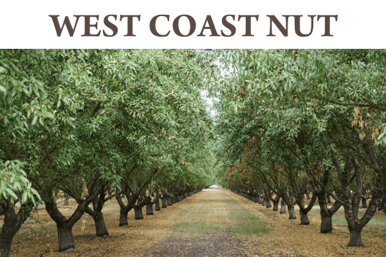Read more
The next leap in precision monitoring
July 7, 2021
In aerial imagery for agriculture, the future is thermal
December 30, 2020
STAY INFORMED
Get product news and industry analysis delivered to your inbox.
The difference between Ceres Imaging and other technologies I've used is the help I get from their expert team.
With Ceres Imaging we can take a more targeted approach to applying fertilizer and nutrients.
These flights can cover way more ground and provide more insight than a dozen soil moisture probes — and it's cheaper to implement.
The average Ceres Imaging conductance measurement from its imagery over the season has provided the best correlation with applied water.

